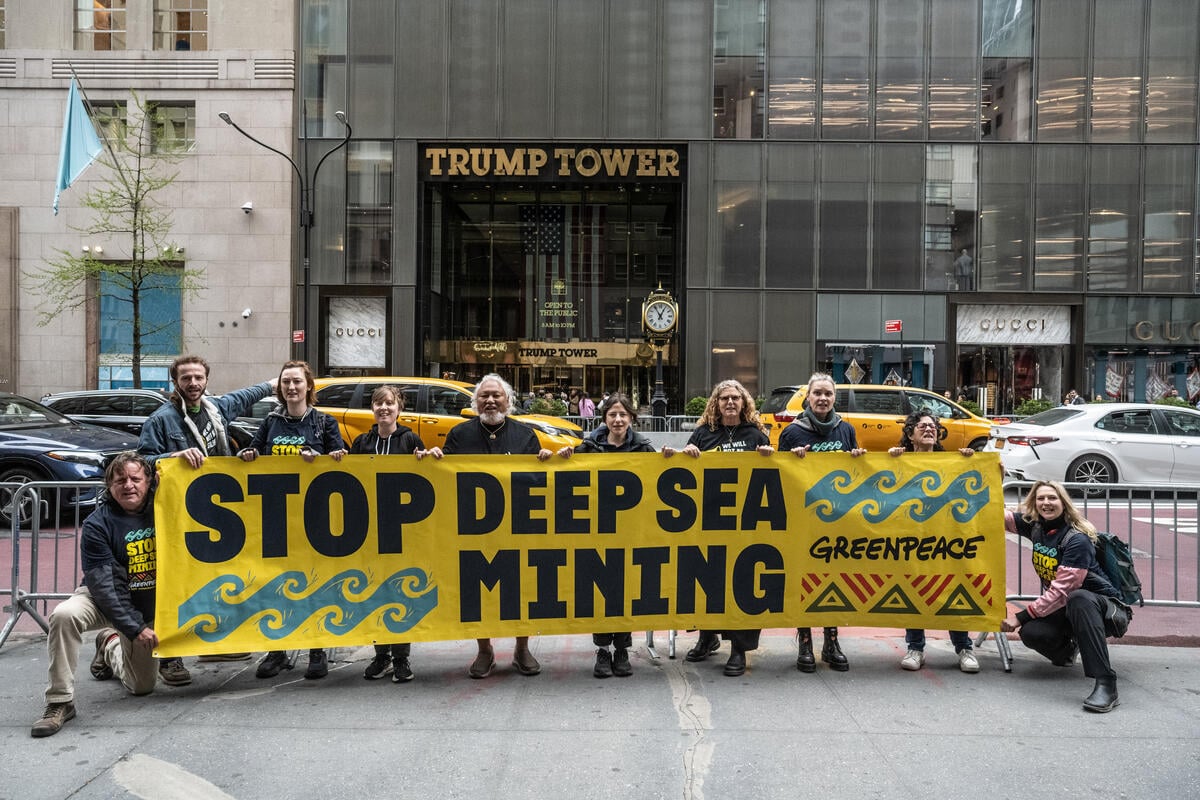Penguins, seals, and whales… oh my!
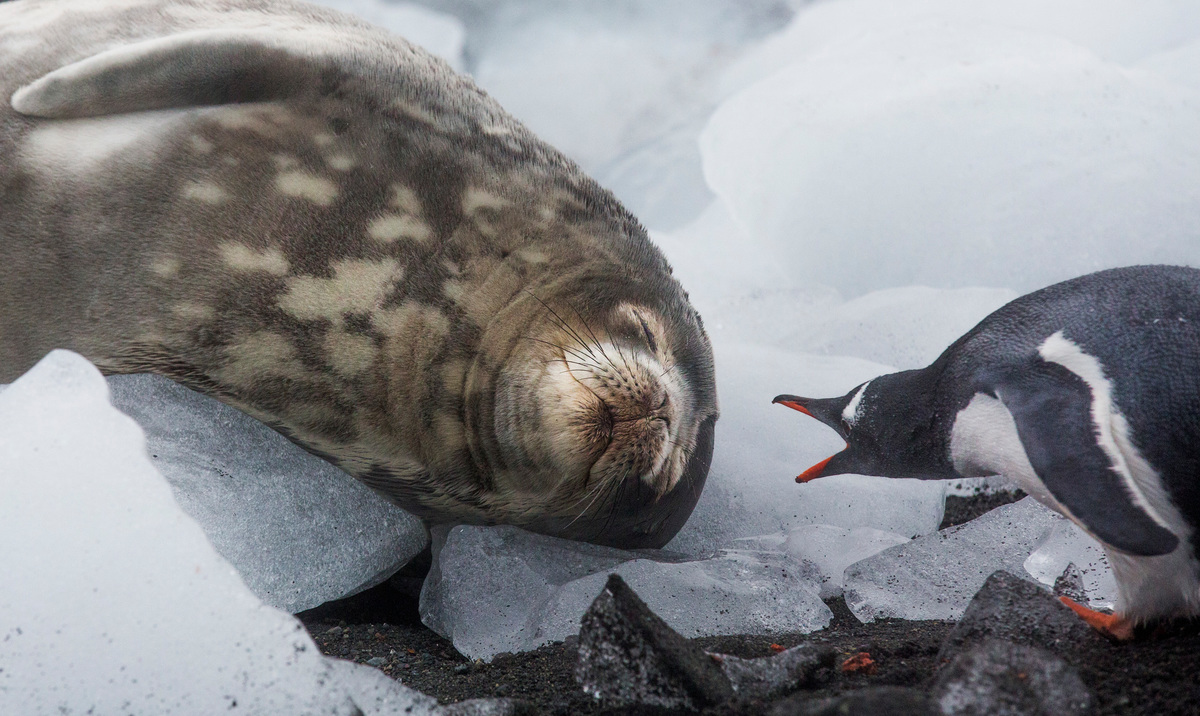
Wake up! A weddell seal sleeps as a gentoo penguin passes by
© Paul Hilton / Greenpeace
As mysterious as space, the coldest living place imaginable, a continent of white emptiness. The Antarctic has been an endless fascination to people since way before the 19th century, but how do you even get there?
Greenpeace and our ship, the Arctic Sunrise is currently in the southernmost continent with the aim to create the largest protected area on Earth: an Antarctic Ocean Sanctuary. Over the next year we have the opportunity to form a safe haven for penguins, whales and seals, and put the waters off-limits to the industrial fishing vessels sucking up the tiny shrimp-like krill, on which Antarctic life relies.
Jenny Hyun is a Communications Officer from Greenpeace South Korea, who ventured to the Antarctic on a journey of a lifetime. She tells us what she’s seen, how cold it is, and what it’s like being surrounded by so many penguins.
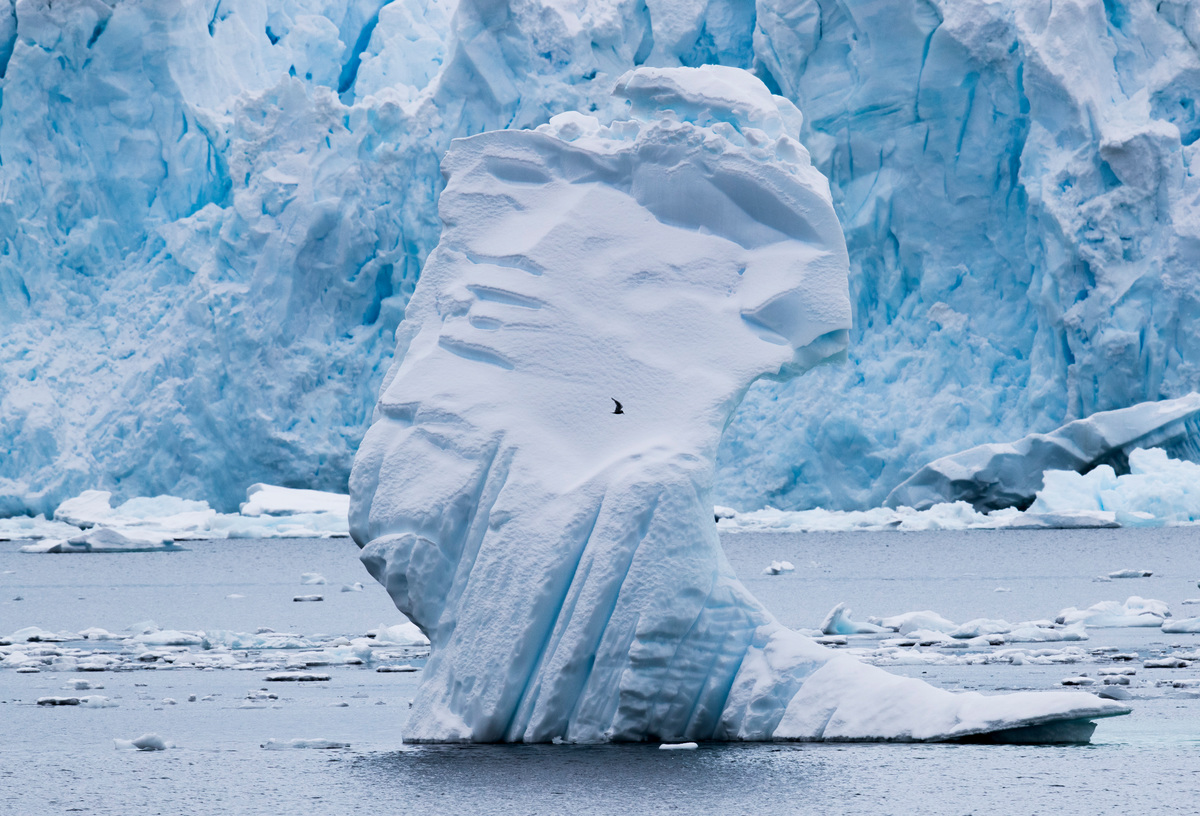
A seabird flies past an iceberg in Paradise Bay, Antarctic © Paul Hilton / Greenpeace
The Antarctic is so incredibly far away. What was your journey like in getting there?
Getting to Punta Arenas, Chile the port to Antarctica, took me like 47 hours – from Seoul to Toronto, Toronto to Santiago, then Santiago to Punta Arenas. It was a relatively smooth trip compared to the journey from Punta Arenas to the Antarctic. While we were crossing The Drake Passage I experienced three days of constant seasickness, eating only three pieces of crackers and water! But once I finally got to Antarctic and saw the magical whale for the first time in my life, every part of the journey was worth it
How do you prepare for a trip like this? Is it the coldest you’ve ever experienced?
I asked many questions to experienced people, including the crew and ship-mates about the weather and life on board. Some of the advice I received was to be prepared for the seasickness, bring some food from home because you will miss it, and don’t forget to take gloves and a mask. All very helpful, and I thank everyone for all their caring advice and concerns!
The weather itself was not a big concern for me because in Seoul, where I live in, it was the coldest winter temperature recorded in decades, so it was like -15 degree celcius before I left. The Antarctic is now in summer and from my three-week experience it is definitely warmer than winters in Korea.
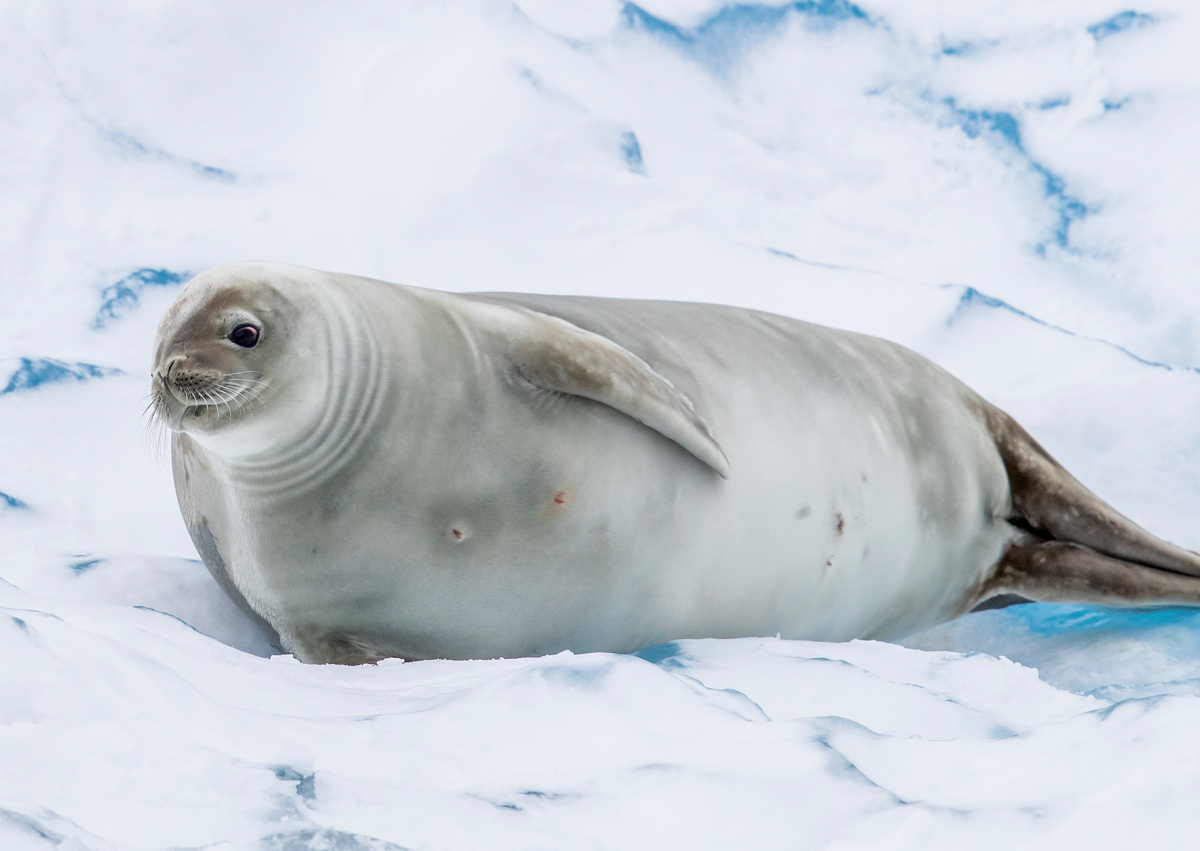
A crabeater seal (Lobodon carcinophagus) relaxes in the morning light
© Paul Hilton / Greenpeace
You must have seen and experienced some pretty beautiful scenery. Can you describe some of the memories that will forever remain with you?
I wish I could put up a picture here so that people can all see what I’m trying to describe. Once, we got to this island where there were hundreds of Gentoo penguins peacefully hanging around on round shiny pebbles and rocks. Towards the sea side, there were hundreds of pieces of ice, all in different shapes, floating and glittering with sunshine. The view almost made me think that I was on another planet. I don’t think I will ever forget that scenery.
Like the rest of the world, the Antarctic certainly isn’t immune to the impacts of climate change. In July last year, one of the largest icebergs ever recorded – the Larsen C ice shelf – broke away from Antarctica. What impacts of climate change have you seen?
To be honest, being in the Antarctic in the middle of summer, it is hard to distinguish the cause of a melting iceberg – whether if it’s from the summer heat or effects of climate change. But you constantly see and hear the sign of melting ice everywhere for sure. We’ve already witnessed the break of Larsen A and B and scientists have found the cause from climate change.
Plus, climate change is not just about melting glaciers but it’s about sudden changes and destruction in ecosystems and species in the Antarctic as well. I have seen so many living things in the Antarctic such as moss that has specifically evolved over many years to adapt to the harsh environment. Growing climate change means the whole ecosystem could break down very fast especially in such a sensitive place like the Antarctic.
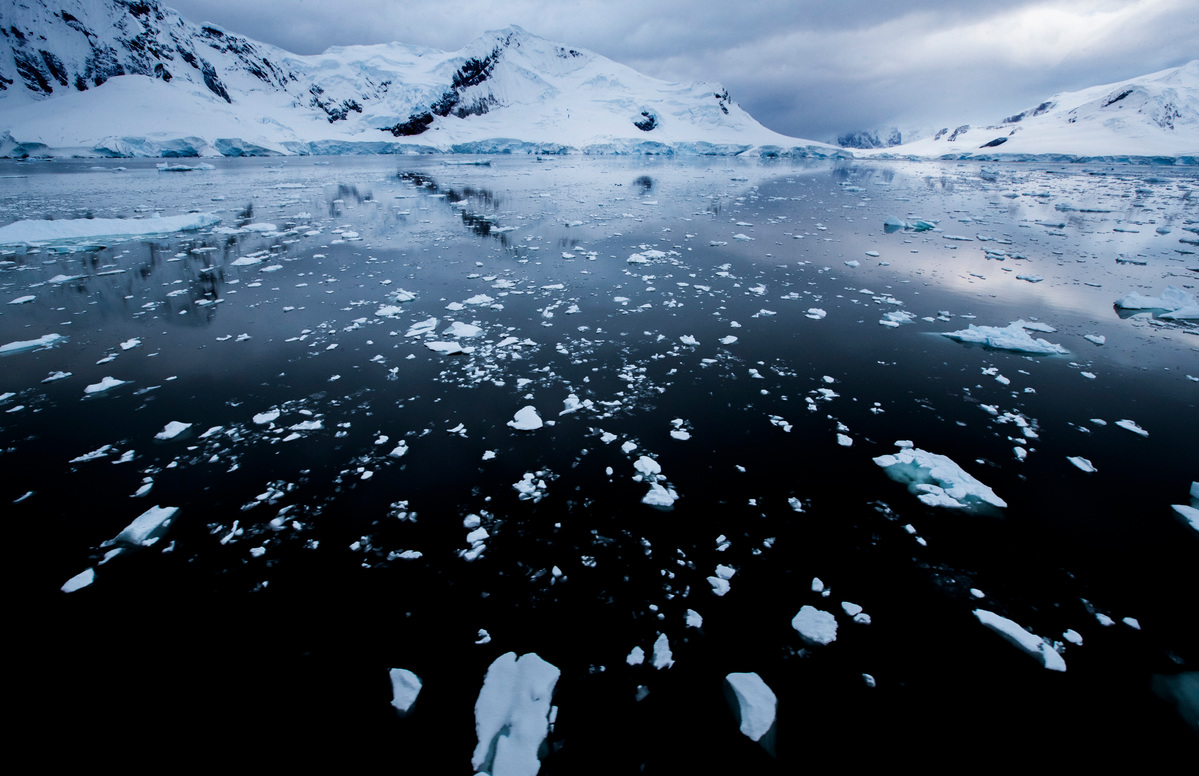
Paradise Bay, Antarctica
© Paul Hilton / Greenpeace
Can you describe what a typical day is like?
I get a wake-up call from crew then head straight to the mess room for breakfast. By 8am, we start cleaning the ship – alleyways, toilets, showers, laundry, and lounge. At 9am, there is a brief campaign meeting about what we are doing for the day including landings, filming, etc. For the rest of the day, my schedule is very dependent on the weather conditions so I usually work on my stuff and am on stand if I’m not lying down due to seasickness. Also, I very often go out to the deck just to admire the scenery, penguins or whales.
You must have seen more penguins than you could ever imagine! What’s it like seeing them up close in their natural habitat?
I have seen penguins back in Seoul in the zoo and the aquarium, but seeing them in its natural habitat was a totally different experience. I’ve never seen so many penguin chicks and I’ve never seen penguins porpoising! It was amazing to see how fast they swim and how they survive in such harsh conditions. Before this ship tour, penguins were just cute animals to me but now I know how beautiful, strong and at the same time fragile they are when they are at home. That gives me so much more reason to protect this place.
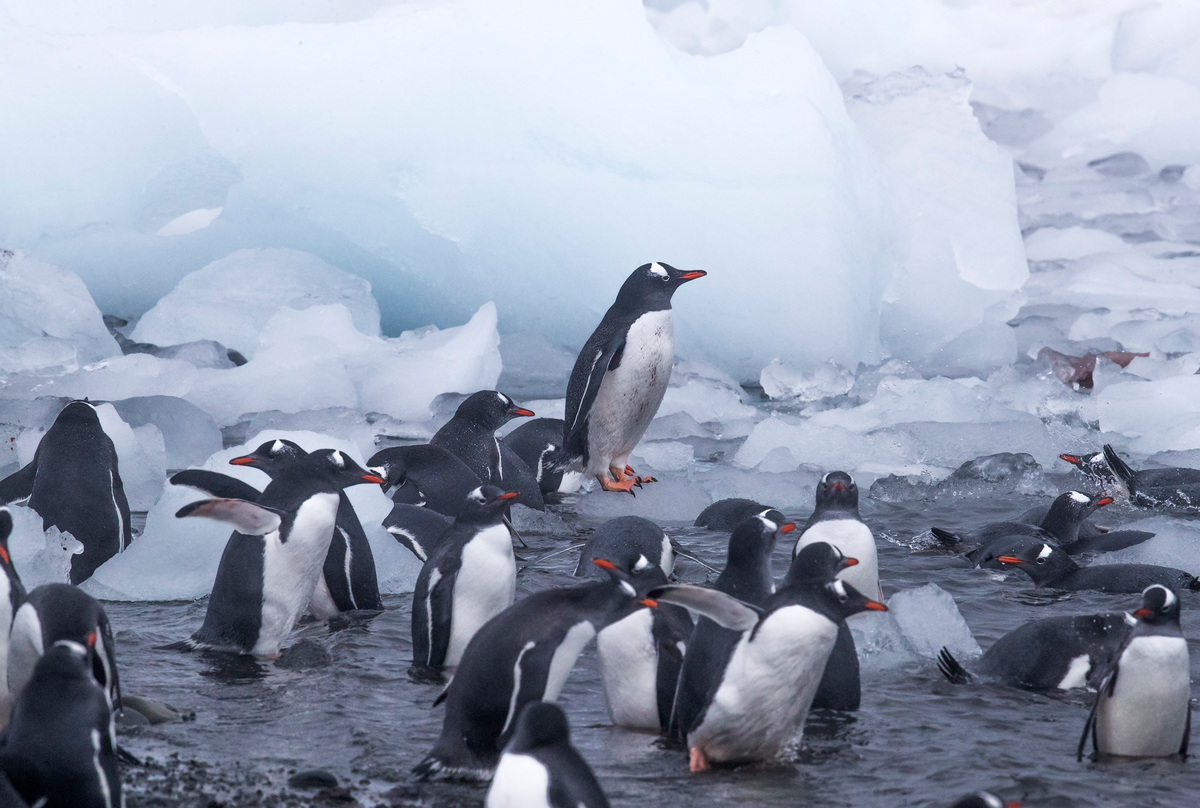
Colony of Gentoo penguins
© Paul Hilton / Greenpeace
There’s a small community of scientists who live in the Antarctic conducting research. Have you met any and do you have a glimpse of what life is like for them?
I’m aware that there are a few science bases in Antarctica. Before I left the Seoul office to come to the Antarctic, the team was planning on interviewing one of the scientists who lived for a year in Sejong Base located on King George Island. I have not met him but I have to say that I sincerely respect every scientist who comes to Antarctica because this area is just so remote and cold!
Can you briefly explain what type of research Greenpeace is conducting? What’s going to happen with this research?
One of the main objectives of the Antarctic ship tour is to conduct scientific research in the area proposed for the Antarctic Ocean Sanctuary. Greenpeace has been working with Susan Lockhart, a renowned Antarctic scientist, and have sent down submersibles to the bottom of Weddell Sea for the first time in human history to find and identify vulnerable marine ecosystems and new species. If we can identify new species in this area, it would support the scientific background into why we need to protect the Weddell Sea area.
You were on the Arctic Sunrise with a crew of 35 people, including celebrities like David Harbour and Wang Yuheng. You were also one of the youngest on the Ship! Seeing as you’re all pretty much in the middle of nowhere, how does everyone manage to get along?
As we live in such a tiny space, there is no way you can pass a day without bumping into everyone. Also we have spaces like the mess room and the lounge where everyone can just chill and talk to each other. Plus, you are not allowed to work in the mess room because that place is for sheer communication and interaction!
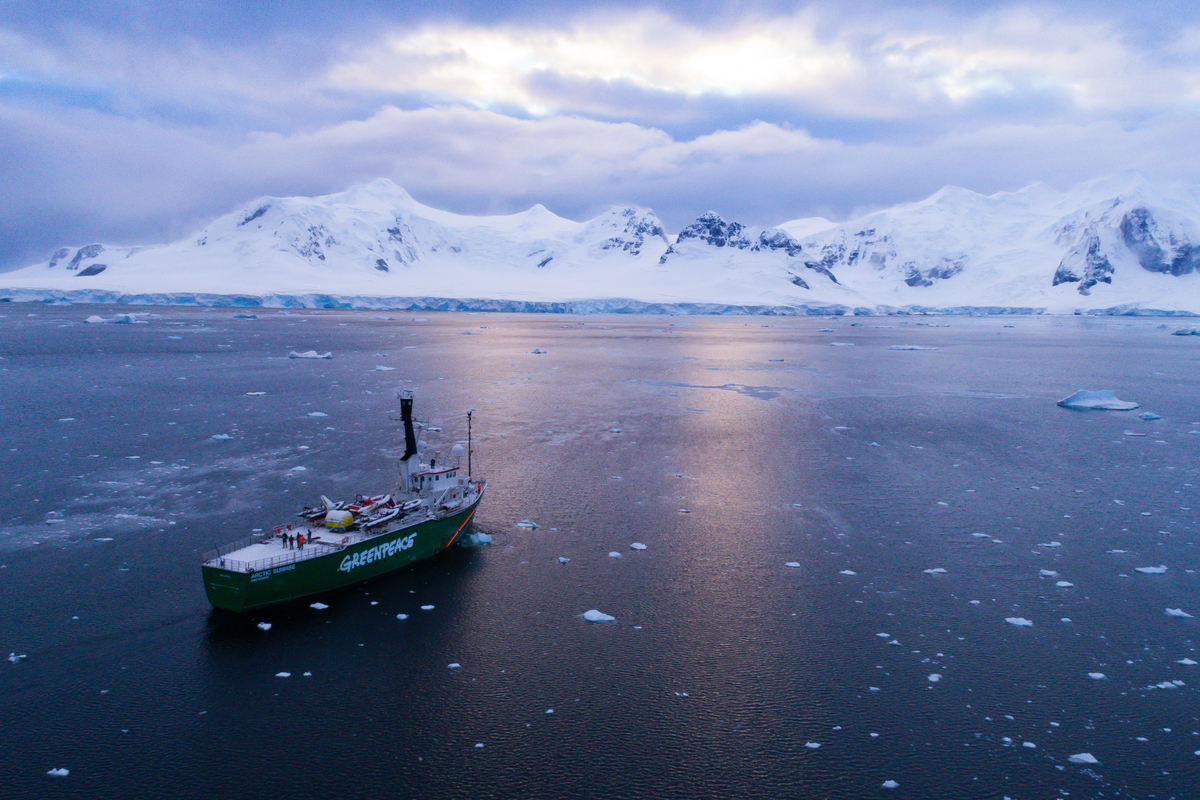
Arctic Sunrise coming into an ice filled Paradise Bay, Antarctic
© Sune Scheller / Greenpeace
Why is it important for you, personally, that we create an Antarctic ocean sanctuary; and what’s the message that you’ll be taking back home to your friends?
Personally, I live in a city that is almost the opposite of where the Antarctic ocean lies. I can’t recall a single discussion I had with my friends or family about the Antarctic in my life before I joined the campaign because there wasn’t one. But now that I have seen the Antarctic with my own eyes and know what kind of amazing creatures and landscapes they have here, I will do my best to keep this place as it is now.
We have destroyed so many beautiful places on earth but we have kept the Antarctic relatively pristine and far from human touch so far. I hope we can seize the chance to create Antarctic Ocean Sanctuary before it’s too late.
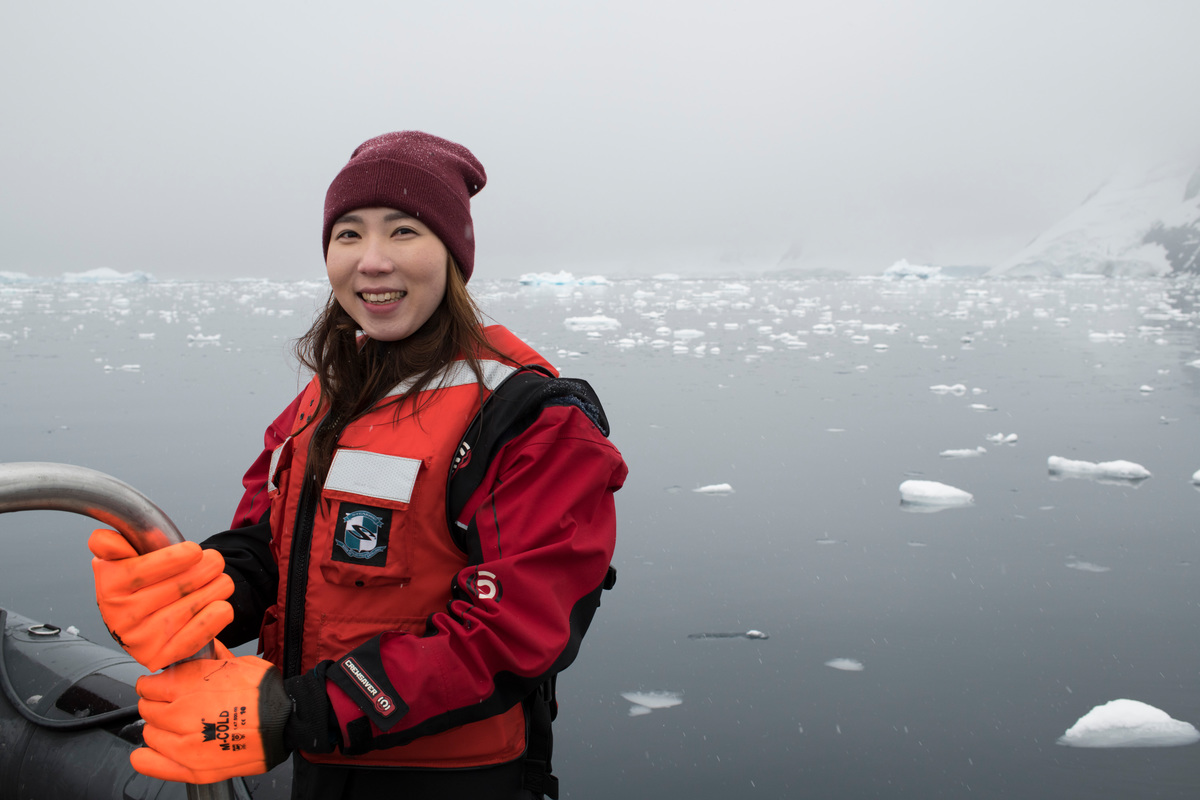
“I hope we can seize the chance to create Antarctic Ocean Sanctuary before it’s too late” — Jenny Hyun
© Daniel Beltrá / Greenpeace
Shuk-Wah Chung is a Writer and Content Editor for the Communications Hub at Greenpeace East Asia. Follow her on Twitter here.

